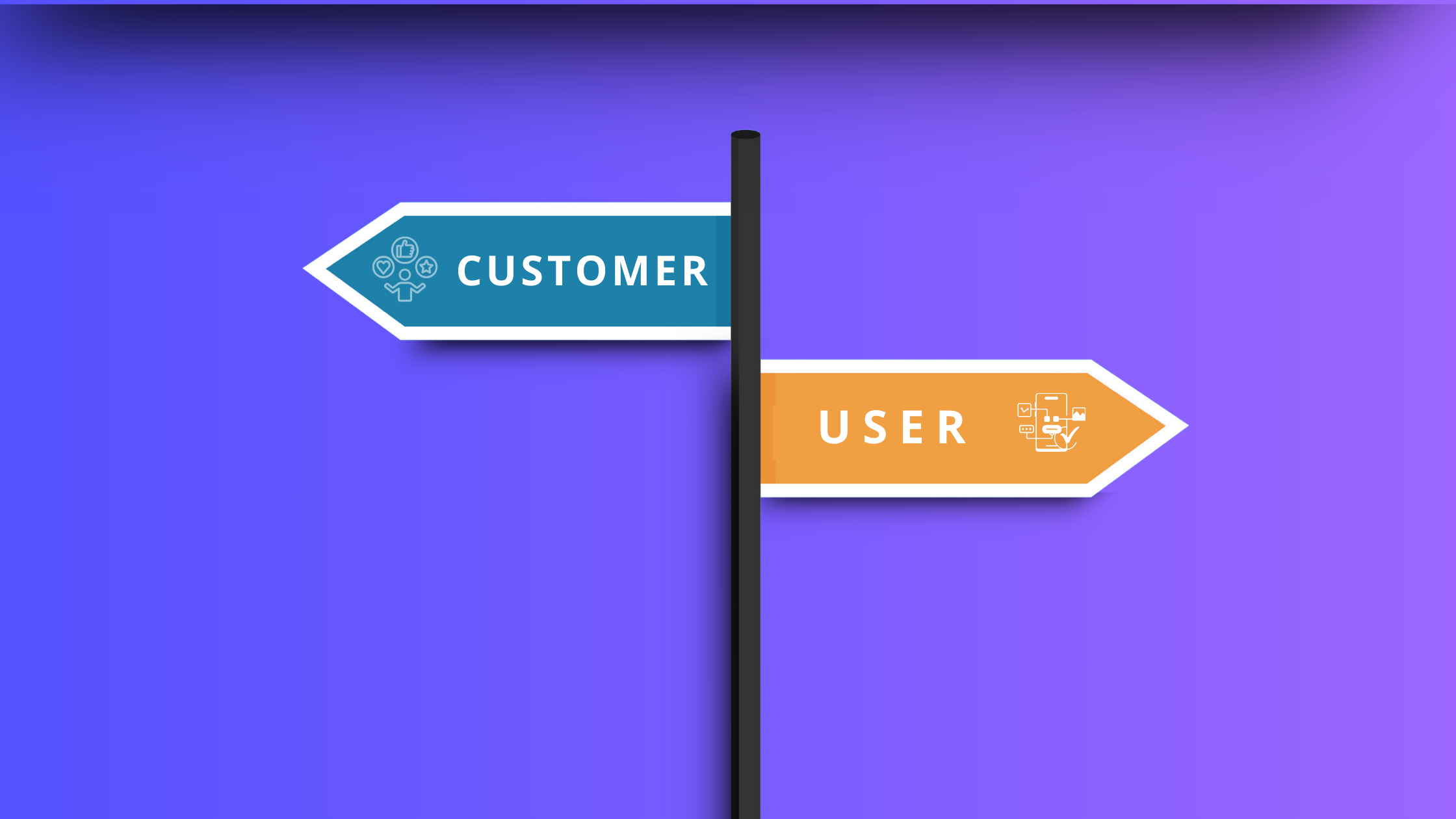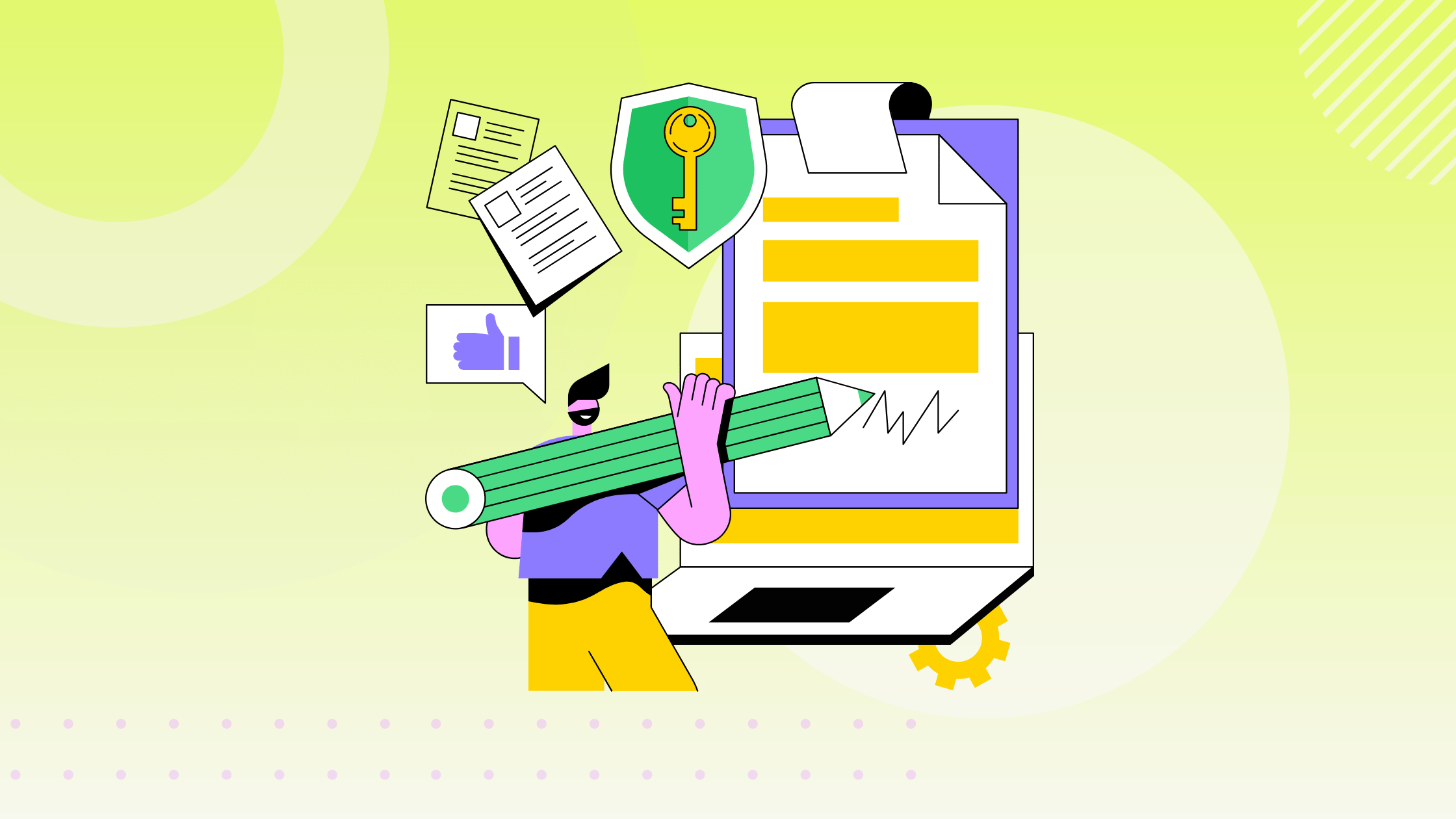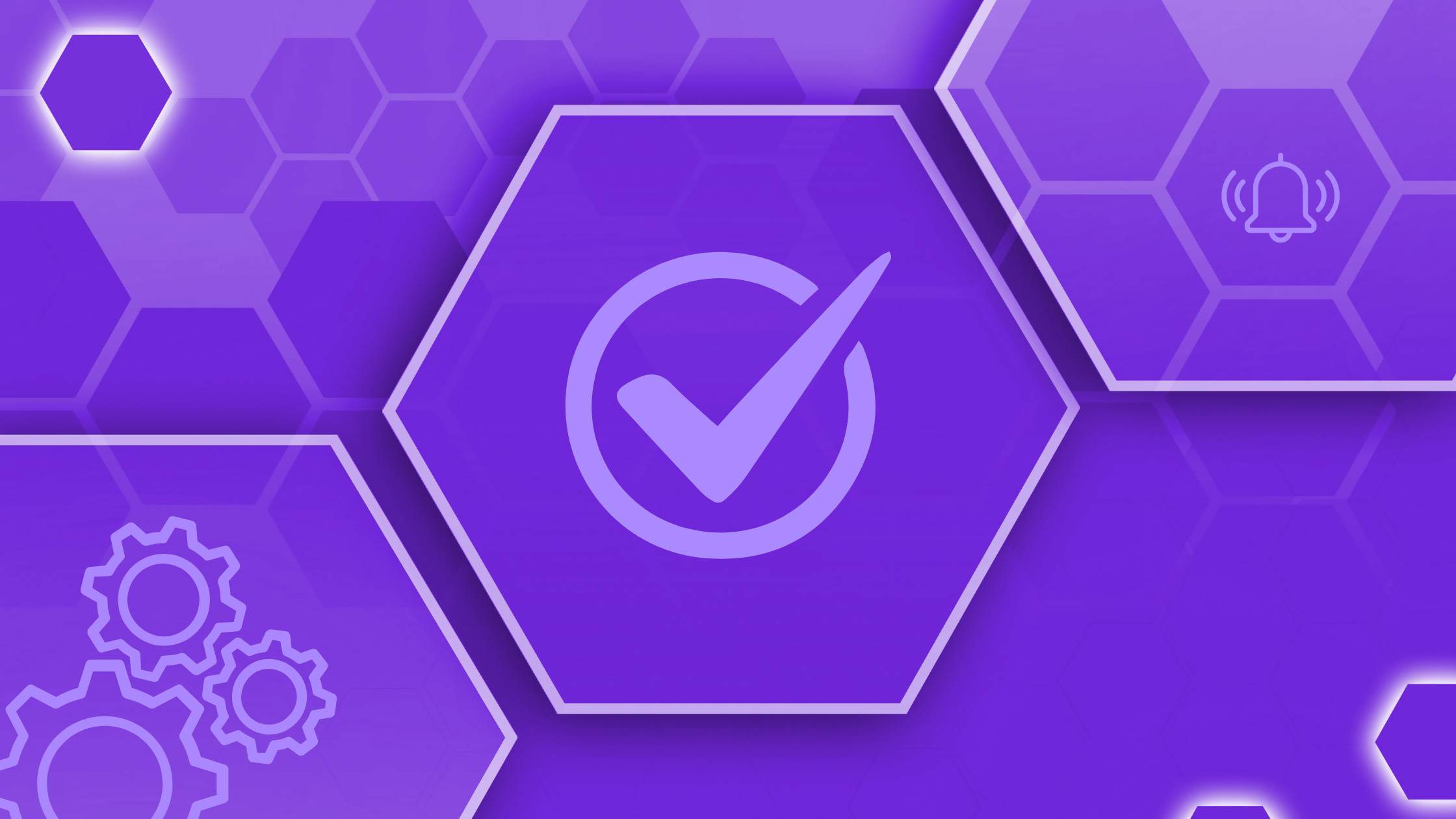It’s common to confuse user onboarding with customer onboarding – but the two are very different. User onboarding is a self-service model designed for end users, typically used by PLG apps. When selling to teams, a more in-depth and strategic approach is needed. That’s where customer onboarding comes in, driving long-term revenue and retention. Here’s how:
Defining User Onboarding and Customer Onboarding
What is User Onboarding?
User onboarding is the process of helping new app or product users sign up, get started, and reach full functionality without human interaction from the app or product’s team. User onboarding processes typically include tooltips and self-guided walkthroughs that get the app user acquainted with the main features and where to find essential navigation buttons. Here, a brand would measure success by tracking activation and aiming to get users realizing the app’s value quickly.
What is Customer Onboarding?
Unlike user onboarding, customer onboarding takes a more relational focus and often involves bringing a full company or team onto a platform. Rather than a brief set of clickable walkthrough steps that the user can follow to get started, customer onboarding processes involve a methodological implementation process with in-depth training and ongoing support from the platform’s team.
Customer onboarding platforms measure customer onboarding success by tracking not only adoption, but also expansion and customers realizing long-term value. Through this intentional process of instruction and support, the platform’s customer onboarding team will be positioned as a reliable resource offering relationship support throughout the customers’ entire journey and lifecycle.
Why Customer Onboarding Matters More Than User Onboarding
1. User Onboarding is About Features, Customer Onboarding is About Outcomes
User onboarding is more focused on features – think of the walkthrough tooltips or blurbs you see when you first use a tool like Figma, Duolingo, or Slack. The user can simply click through each of the 5-10 feature callouts and quickly get activated to use the product. Typically, a user onboarding experience would include elements like a welcome screen, quick interactive guides and tooltips, and a checklist of steps to take to get set up and use the platform or app successfully. But this assumes that the user knows what success will look like and fully understands their desired outcomes when using the app or platform.
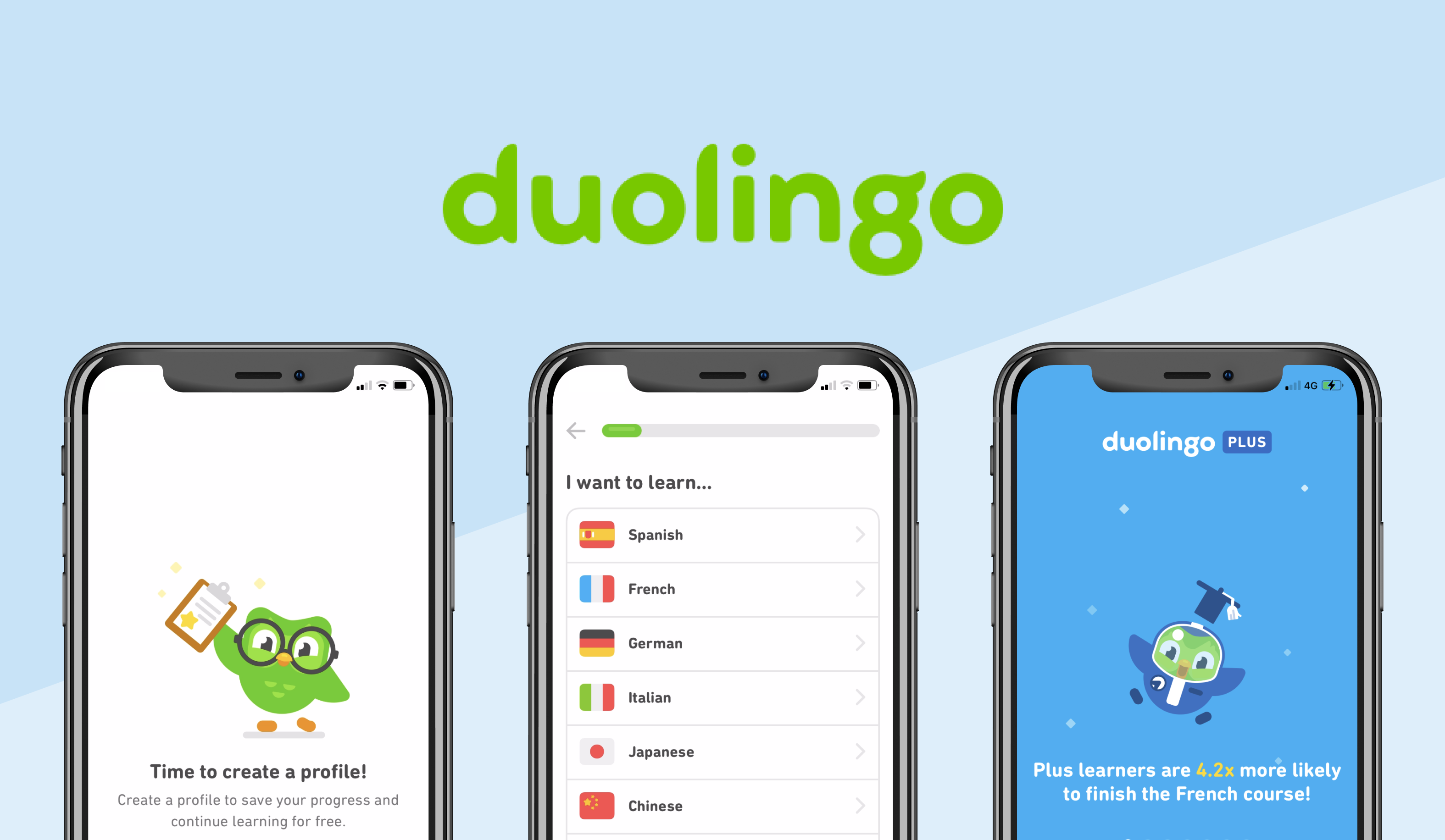
Typically, a user onboarding experience would include elements like a welcome screen, quick interactive guides and tooltips, and a checklist of steps to take to get set up and use the platform or app successfully. But this assumes that the user knows what success will look like and fully understands their desired outcomes when using the app or platform.
Customer onboarding is not just about getting individual users to effectively incorporate practical tools of an app into their processes, it’s about guiding an entire organization to use a platform to achieve a business outcome. The focus is on helping wider teams implement and use a tool to solve their needs and see new success.
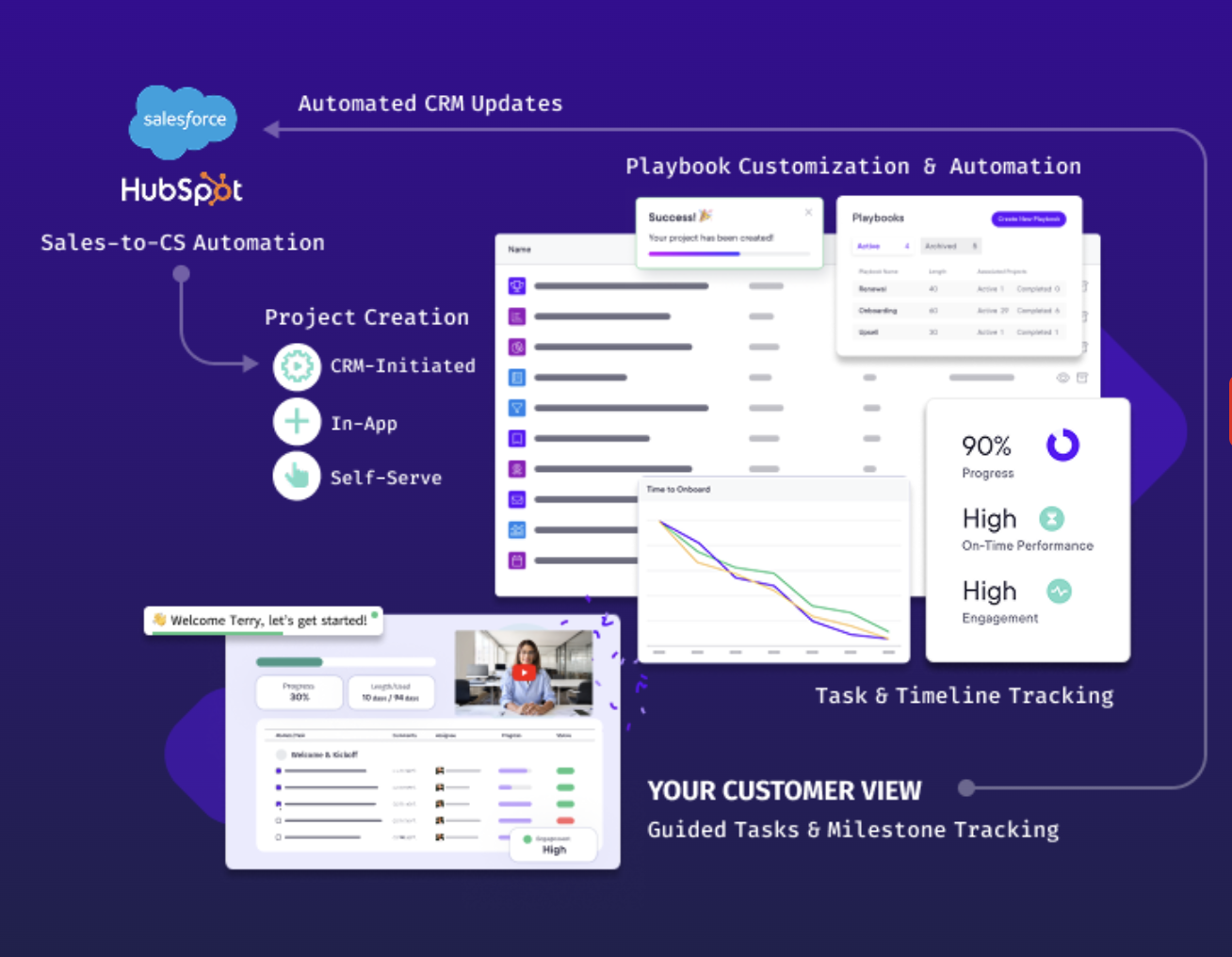
The customer onboarding process would often include a customized plan to onboard the team, personalized training and regular check-ins, and the introduction of expanded features over time. All of this would be guided by a dedicated team or onboarding portal.
2. Customer Onboarding Increases Retention (User Onboarding Doesn't)
Because user onboarding assumes that the end user understands what value they should realize from the platform – and how they will go about realizing that value – brands that focus on user onboarding wind up seeing increased churn. Why?
Typically, users do not actually know the full potential they could see from using a platform, and once they don’t realize any immediate value, they don’t return. Plus, by focusing on onboarding users as individuals, rather than at an organizational level, wide-scale adoption doesn’t happen in the way it should, and leadership will not see a reason to keep renewing.
A customer onboarding strategy can fix this by developing a relationship with leadership, fully understanding the business needs and wider goals, and guiding the full team to adopt the technology in a way that will help the business stay on track to achieve those goals. Plus, with measurable training levels, milestones, and check-ins, it is easier to prove value to leadership which can reduce churn.
3. Customer Onboarding Unlocks Expansion and Upsell Opportunities
Because a user onboarding approach doesn’t take the time to fully understand the customers and their goals, it means brands might be leaving upsell opportunities on the table. By treating all users the same and aiming to get them through a speedy onboarding process, to fully making use of the tool, brands overlook users who have the potential to turn into larger contracts paying for additional features and users.
With a customer onboarding strategy, your team will have an understanding of which larger customers have the potential to grow, upsell, and return increased value for your brand. Plus, pitching this upsell opportunity will be more successful because your team will have already established a trusting and loyal relationship with that customer, helping to drive a natural expansion and adoption of other features.
If you target mid-market and enterprise level customers and you don’t pursue a customer onboarding strategy, you are likely missing significant revenue opportunities.
4. Why Even PLG Companies Invest in Customer Onboarding
Many PLG brands have realized that basic user onboarding just doesn't cut it – bigger customers need more than a walkthrough, they need strategic guidance on how to implement the tool into their business objectives. Plus, the cost of increased customer churn is just too high, so the risk brands take when they pursue user onboarding simply is not worth it. In-depth customer onboarding drives widespread adoption, deeper engagement, and more successful outcomes for both the customer and the PLG brand.
If You Sell to Teams, Prioritize Customer Onboarding
If your business depends on renewals, expansion, or multi-user adoption, then a simple user onboarding flow isn’t going to cut it. User onboarding is not a strategy, instead, customer onboarding is how you develop long-term loyal partners through retention, expansion, and growth. And, your customer onboarding tool will have a role to play in that process. Customer onboarding tools can help you support potential and existing customers through the entire lifecycle. By offering a seamless customer onboarding experience, your onboarding platform can increase overall customer lifetime value and loyalty.
OnRamp makes it easy to take advantage of the benefits of onboarding tools throughout the customer journey, with key personalization capabilities, a centralized customer portal, automations, and more. Sign up for a demo to learn more about how we can help.
